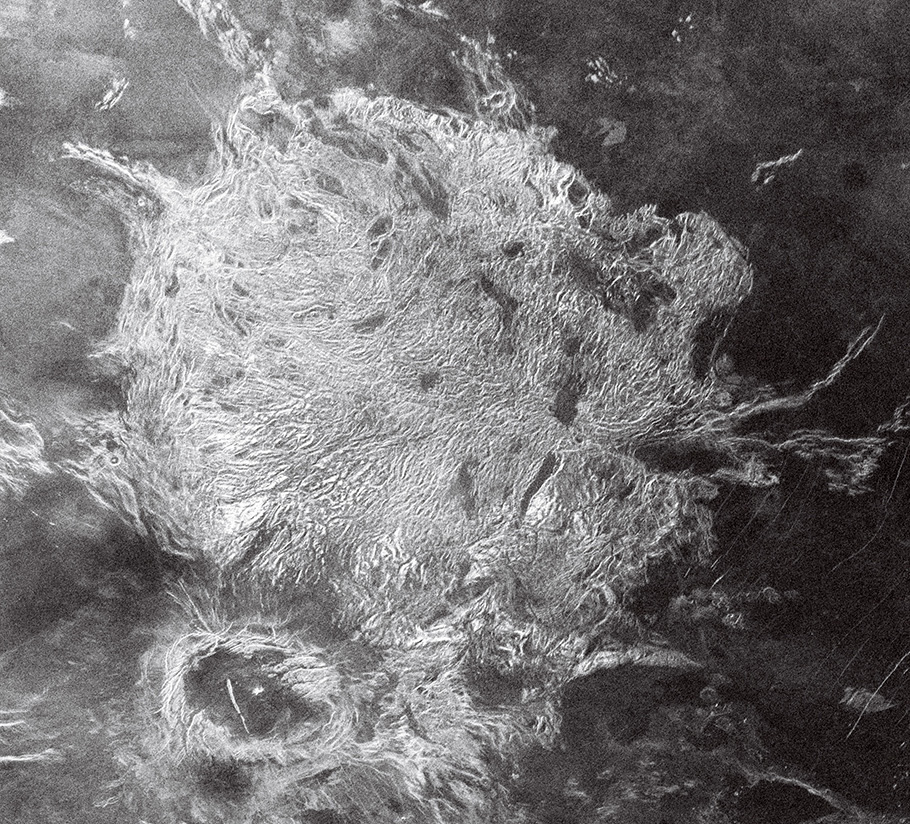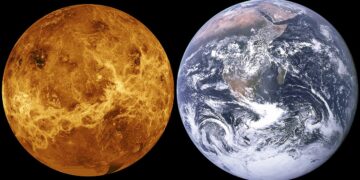Earth’s ‘Evil Twin’ Venus May Have Mirrored Our Planet More Than Expected
Venus, often referred to as Earth’s “evil twin” due to its hostile environment, has revealed new secrets that bring it closer to our home planet than previously thought. Recent research led by Fabio Capitanio from Monash University has uncovered that Venus’s surface features, particularly the tesserae plateaus, share striking similarities with Earth’s early continents.
The study focuses on tesserae, large plateau regions on Venus that exhibit complex geological formations, including faults, folds, and volcanic features. These structures are analogous to Earth’s ancient cratons, ancient cores of continents.
Tesserae were found to have formed through intense tectonic activity similar to the processes that shaped Earth’s earliest continents.

Currently, Venus has a stagnant lithosphere, meaning its surface is a single plate with minimal movement. Unlike Earth, which has active plate tectonics driving the movement of multiple plates, Venus’s tectonic activity is largely in the past. However, the discovery of tesserae suggests that Venus may have transitioned from a tectonically active state to its current stagnant lid model.
The research opens new avenues for future missions to Venus, such as DAVINCI, VERITAS, and EnVision. These missions aim to delve deeper into Venus’s geological past and its connection to Earth.
Monash University – Research led by Fabio Capitanio from the Monash University School of Earth, Atmosphere and Environment. The findings were detailed in a study published in Nature Geoscience.



















